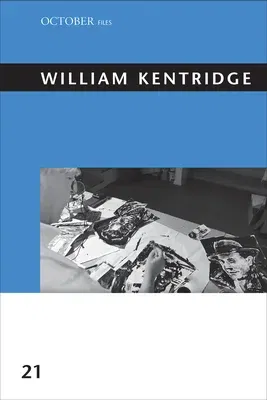Critical texts and interviews that explore the drawings, animations,
and theatrical work of the South African artist William Kentridge.
Since the 1970s, the South African artist William Kentridge has charted
the turbulent terrain of his homeland in both personal and political
terms. With erudition, absurdist humor, and an underlying hope in
humankind, Kentridge's artwork has examined apartheid, humanitarian
atrocities, aging, and the ambiguities of growing up white and Jewish in
South Africa. This October Files volume brings together critical essays
and interviews that explore Kentridge's work and shed light on the
unique working processes behind his drawings, prints, stop-animation
films, and theater works.
The texts include an interview by the artist Carolyn Christov-Bakargiev,
curator of the first major retrospective of Kentridge's work; an essay
by Andreas Huyssen on the role of shadow-play in Kentridge's film series
9 Drawing for Projection; and investigations of Kentridge's work for
opera and theater by Maria Gough, Joseph Leo Koerner, and Margaret
Koster Koerner. An analysis by influential art historian Rosalind
Krauss, the editor of this volume, argues that Kentridge's films are the
result of a particularly reflexive drawing practice in which the marks
on the page--particularly the smudges, smears, and erasures that
characterize his stop-animations--define the act of drawing as a
temporal medium. Krauss's understanding of Kentridge's work as embodying
a fundamental tension between formal and sociological poles has been
crucial to subsequent analyses of the artist's work, including the new
essay by the anthropologist Rosalind Morris, who has collaborated with
Kentridge on several projects.
**Essays and Interviews
**Carolyn Christov-Bakargiev, Maria Gough, Andreas Huyssen, William
Kentridge, Joseph Leo Koerner, Margaret Koster Koerner, Rosalind Krauss,
Rosalind Morris

